Suborder: Polyphaga. Family: Scarabaeidae. Subfamily: Scarabaeinae. Tribe: Gymnopleurini
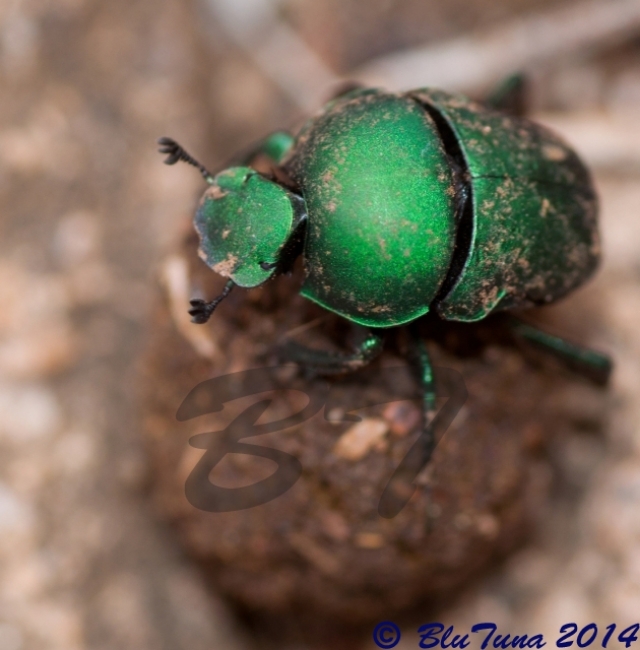 © BluTuna
© BluTuna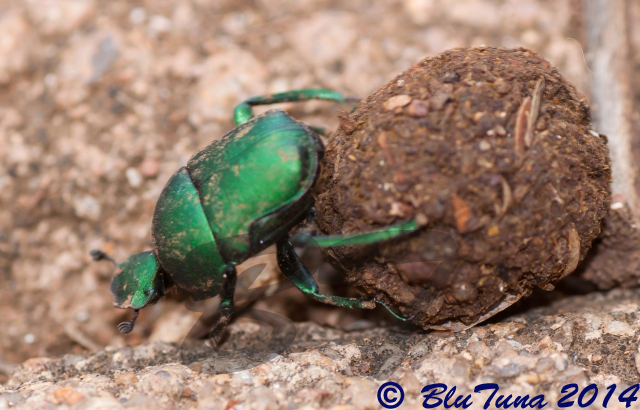 © BluTuna
© BluTuna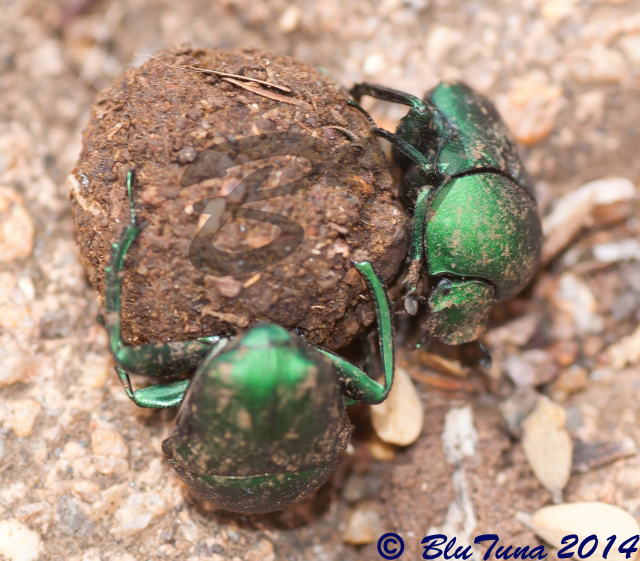 © BluTuna
© BluTunaKruger National Park, Nwanetsi
In Africa South of the Sahara, the tribe Gymnopleurini is represented by three genera: Garreta (12 African species of which 7 occur in South Africa); Allogymnopleurus (14 African species of which 3 occur in South Africa and 2 in Mozambique) and Gymnopleurus (32 African species of which 12 occur in South Africa and 5 in Mozambique).
Description
Body length 12 mm. A ball-rolling dung beetle.
Habitus: Entire dorsum with dense, fine micro-granulation; entire exoskeleton eithermetallic blue, green, or cupreous.
Head: Clypeus bidentate, clypeus and genaewith discrete large granules on anterior margins, but finely microgranular posteriorly; clypeo-genalsutures raised and acutely ridged, terminatingabove level of the eyes, continuation of sutureclose to obsolete laterally on frons and vertex, effaced centrally; allother sutures entirely effaced.
Thorax: Prothoracic disc coarsely microgranular;metasternum coarsely microgranular with mid-longitudinal furrow and mid-anterior protuberance. Foreleg with three large, external, distal teeth;terminal spur with an acute tip in females, a blunttip in males.
Abdomen: Sides of abdomen taper fairly markedlyfrom anterior to posterior; elytra finely micro-granular and microrugose, lateral margin with a sharp projection on the anterior end of theemargination in males, an angularity inlarge females, or a sinuosity in smallfemales; striae fairly faint; pygidium bordered andfairly uniformly microgranular; sternites micro-granular.
Distribution
Northeast of southern Africa.
Habitat
Mesic savanna.
Links:
https://www.researchgate.net/publicatio ... arabaeinae
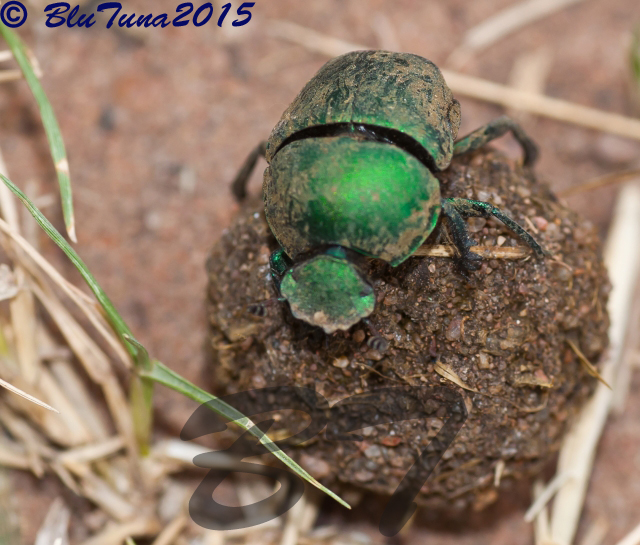 © BluTuna
© BluTunaMarakele National Park, Limpopo



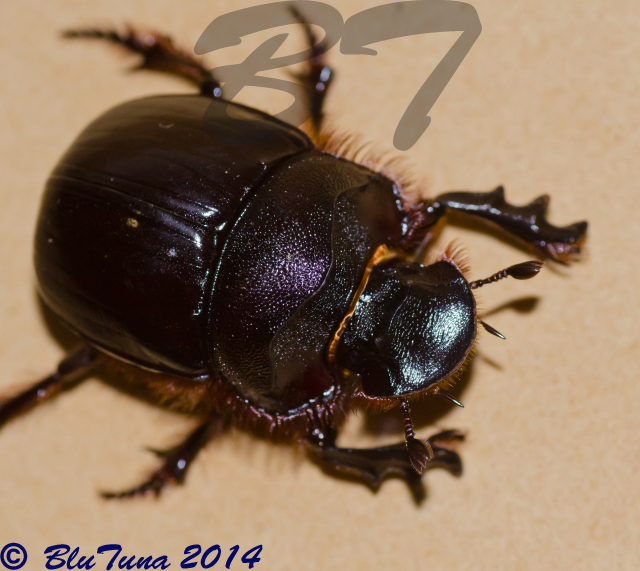 © BluTuna
© BluTuna © nan
© nan © nan
© nan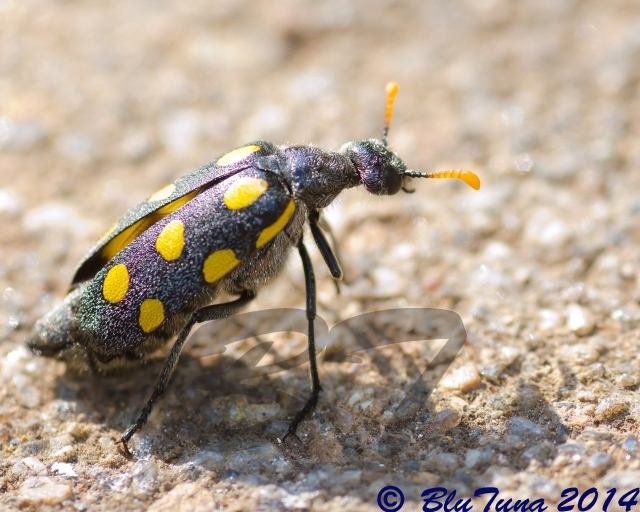 © BluTuna
© BluTuna © Tina
© Tina © Tina
© Tina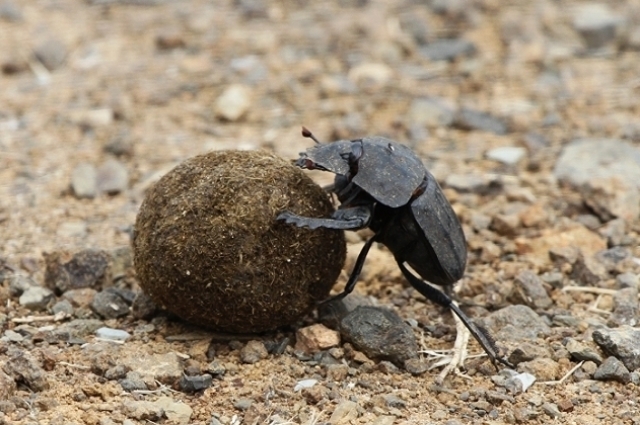 © Tina
© Tina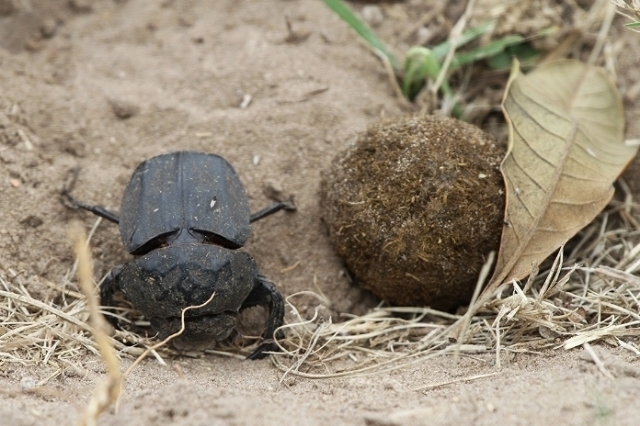 © Tina
© Tina © Tina
© Tina
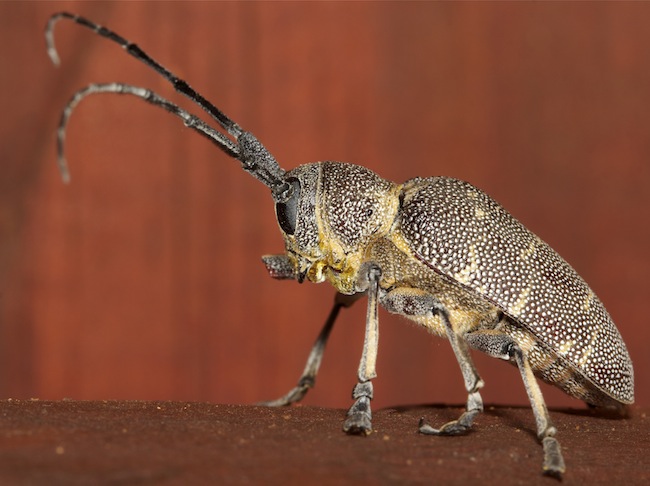
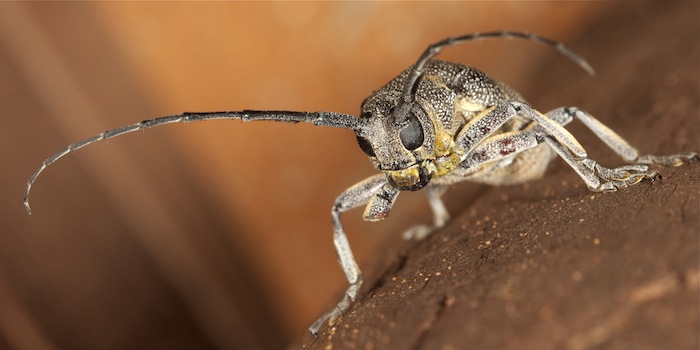
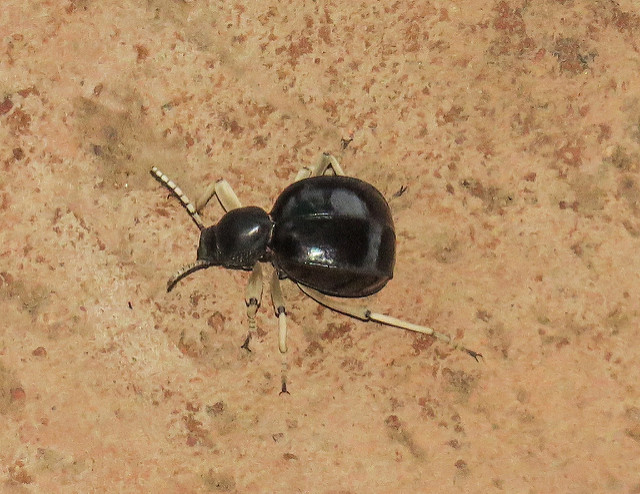 © steamtrainfan
© steamtrainfan © BluTuna
© BluTuna © BluTuna
© BluTuna